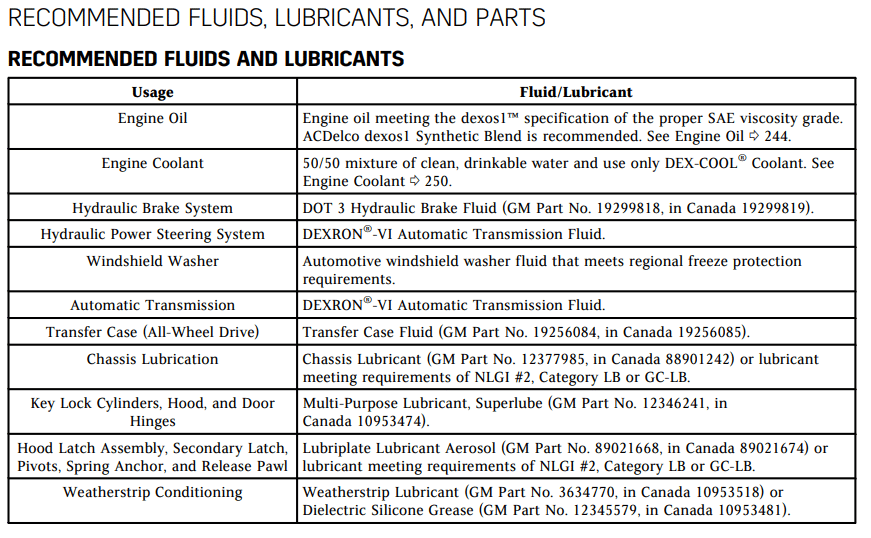The Cadillac XTS, introduced in 2012 as a 2013 model, is a full-size luxury sedan from the venerable American automaker, Cadillac. Aimed at providing a luxurious, spacious, and technologically advanced driving experience, the XTS swiftly carved a place for itself in the market.
Sporting a contemporary yet classic design, the XTS is known for its spacious, upscale interior, advanced technology, smooth ride, and potent powertrain. The car was designed with both comfort and performance in mind, bridging the gap between Cadillac’s traditional customer base and a younger, more performance-oriented demographic.
Under the hood, the XTS boasts powerful engine options, including a 3.6L V6 for the standard models and a twin-turbocharged version of the same for the higher-performance V-Sport models. Notably, the XTS features an advanced all-wheel-drive system for superior traction and control, paired with a six-speed automatic transmission.
The Cadillac XTS saw one significant generational shift, with models from 2013 to 2019. A mid-cycle refresh was done in 2018, introducing aesthetic changes and technology upgrades.

First Generation (2013–2015):
In the initial stage of production, the Cadillac XTS was praised for its luxurious, spacious interior, advanced features, and robust performance. This model was equipped with a 3.6L V6 engine or an optional twin-turbocharged version in the V-Sport models. All models came standard with a 6-speed automatic transmission.
Facelift (2016–2019):
In 2016, the XTS received a significant mid-cycle refresh. On the exterior, the car received a new grille, LED headlights, and redesigned rear styling. Inside, the updated XTS featured improved materials, a revised infotainment system, and other technology enhancements.
Despite these changes, the powertrain options remained consistent with the previous years, featuring the same engine options and a 6-speed automatic transmission.
Although the differences between the pre-refresh and post-refresh models are primarily in design and technology, maintaining the transmission system, including the type and capacity of the transmission fluid, is vital for both stages. In the next section, we’ll discuss this in detail for the Cadillac XTS.
Cadillac XTS Transmission Fluid Capacity & Transmission Fluid Type
The transmission fluid plays a crucial role in keeping your car’s transmission functioning smoothly. Using the right type of transmission fluid and maintaining the correct level is vital for the longevity and performance of your vehicle.

For the Cadillac XTS (2013–2019), the manufacturer-recommended transmission fluid type is Dexron VI. This fluid is a high-quality, synthetic-based oil that provides superior friction durability, and stability, enhancing the transmission’s performance and longevity. It’s vital to stick with this recommended fluid type to ensure the smooth operation of your transmission.
- Specially formulated
- May become contaminated with debris requiring its replacement
- Transmission fluid
- Formulated for automotive use
As for the transmission fluid capacity, it can vary depending on the exact model and year of the vehicle. Generally, the 6-speed automatic transmission used in the XTS models holds approximately 9.6 quarts (9 liters) for a complete overhaul. However, a typical fluid change where the transmission is drained and refilled will require approximately 4.3 quarts (4 liters) of fluid.
Keep in mind, though, that these are approximate values. Always refer to your vehicle’s owner’s manual or consult a professional mechanic to get the exact fluid capacity for your specific Cadillac XTS model.
Proper maintenance, including using the recommended fluid and maintaining the appropriate fluid levels, will ensure the best performance and longevity of your vehicle’s transmission system.
Significance of Transmission Fluid Change
The transmission fluid in your vehicle plays a vital role in keeping the transmission system operating smoothly. It lubricates the moving parts within the transmission, reducing friction and, consequently, wear and tear. It also acts as a coolant, preventing the transmission system from overheating. Thus, the importance of regular transmission fluid changes cannot be overstated.
Benefits of a regular transmission fluid change include:
- Prevention of Overheating: Transmission fluid helps dissipate heat from the transmission. Old fluid loses its effectiveness, which can lead to overheating and potential damage.
- Improved Lubrication: As a lubricant, transmission fluid reduces the friction between moving parts, preventing wear and tear.
- Enhanced Performance: Clean fluid ensures optimal hydraulic pressure is maintained, essential for the smooth changing of gears.
- Increased Longevity: Regularly changing the transmission fluid can prolong the life of your transmission, saving costly repairs or replacements in the future.
Recommended Frequency to Change Transmission Fluid in Cadillac XTS
For the Cadillac XTS, it is generally recommended to change the transmission fluid approximately every 45,000 to 60,000 miles under normal driving conditions. However, if your vehicle is frequently driven in more demanding conditions — such as heavy traffic, hilly terrain, or while towing — you should consider changing the fluid more frequently, potentially every 30,000 miles.
Always refer to your vehicle’s owner’s manual for specific maintenance schedules. Regular checks on the fluid’s condition are also advisable. If the fluid appears dark, dirty, or has a burnt smell, it may be time for a change. Your local mechanic or dealership can provide additional guidance based on your driving habits and the specific model of your Cadillac XTS.
Estimated Costs for Changing Transmission Fluid
The cost of changing the transmission fluid in your Cadillac XTS can vary based on several factors, such as your location, whether you go to a dealership or an independent mechanic, and the specific services included. On average, you can expect to pay between $150 and $250 for a transmission fluid change. This cost includes labor, usually priced between $100 and $125, and the parts – mainly the new transmission fluid – which can cost between $50 and $125.
While this is a routine maintenance expense, regular transmission fluid changes can help prevent more serious and costly transmission problems in the future, ultimately saving you money in the long run.
Here are some best practices for maintaining your Cadillac XTS transmission:
- Check the Fluid Regularly: Make a habit of checking your transmission fluid regularly. Look for signs like a dark color, burnt smell, or dirt and metal particles in the fluid. These can all indicate that a fluid change is needed.
- Use the Right Fluid: Always use the recommended Dexron VI transmission fluid for your Cadillac XTS. Using the wrong fluid type can lead to transmission damage.
- Warm Up Your Car Before Driving: Let your car run for a few minutes before you start driving, especially in cold weather. This allows the transmission fluid to warm up and circulate properly.
- Don’t Ignore Warning Signs: If you notice any unusual sounds, or smells, or if your car doesn’t shift gears smoothly, these could be signs of a transmission issue. Don’t ignore these signs; get your vehicle checked by a professional mechanic.
Conclusion
Maintaining your Cadillac XTS’s transmission system is vital for the performance and longevity of your vehicle. Regular maintenance, including the use of the correct transmission fluid and proper fluid levels, can ensure a smooth, efficient, and enjoyable driving experience.
Whether you’re an XTS owner or planning to purchase one, this guide will help you understand the importance of transmission fluid maintenance, ensuring your Cadillac continues to deliver the luxury and performance it’s known for. Safe driving!
Last update on 2025-12-25 / Affiliate links / Images from Amazon Product Advertising API
















